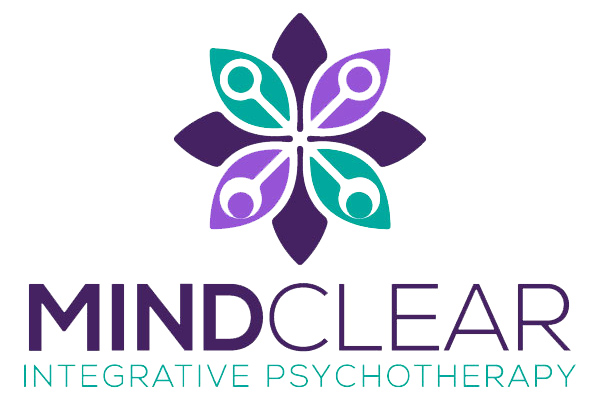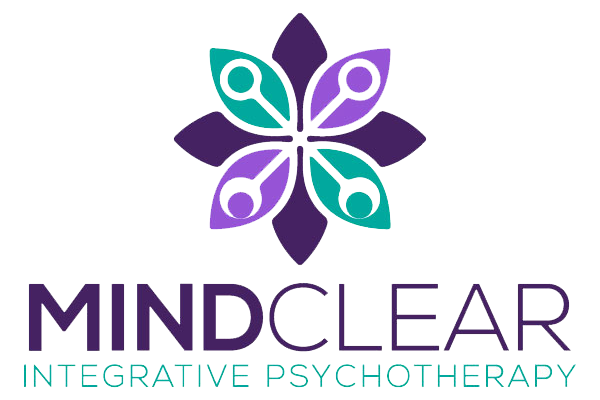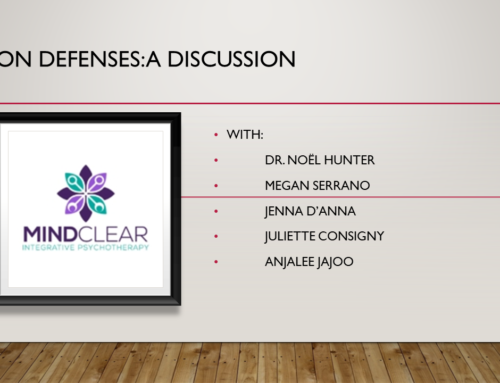Ambivalence When Beginning Therapy

Written by Hailey Hansen
Are you feeling ambivalence about starting therapy? Not sure where to begin? Taking that first step can be one of the hardest parts of your healing journey.
It’s completely normal to feel torn—like two parts of you are pulling in different directions.
On one hand, there’s a part of you that longs for change and growth. But on the other, there’s uncertainty—maybe even fear—about what therapy might bring up. This inner conflict can create a mix of emotions: hesitation, discomfort, doubt, or even resistance.
Resistance to therapy, however, is very normal!
What Does Ambivalence Look Like?
Ambivalence can show up in many ways when first thinking about therapy, sometimes without you even realizing it> Here are just a few common examples:
- Reaching out to a therapist and then never responding
- Creating roadblocks or excuses as to why you can’t do it
- Not following through with administrative requests required to set up an appointment
- Creating a situation where the therapist will inevitably “mess up”, confirming your belief that no one can really help you
- Berating yourself for being “weak” or “stupid” for needing help
How Does Ambivalence Show Up in a Session?
Even after you’ve started therapy, ambivalence can still be present. It might look like:
- Engaging in abstract or intellectual discussions instead of exploring emotions
- Minimal talking or withholding personal experiences
- Focusing only on the past instead of the present (or vice-versa!)
- Canceling or avoiding appointments
- Not responding to messages from your therapist
- Delaying payments or insurance processing
- People-pleasing behaviors (e.g., telling your therapist what you think they want to hear)
Cognitive Dissonance as a Source of Ambivalence
When it comes to trauma, the conflict between wanting to heal and the fear of facing painful emotions creates what’s called cognitive dissonance. Cognitive dissonance essentially is a feeling of unease or anxiety due to having conflicting or competing ideas and beliefs in your mind.
In the case of trauma survivors, it might look like this: one part of you tells you to “move on” and “stop dwelling on the past,” while another part intuitively knows that healing can only occur by processing and healing from that same past.
This contradiction can create confusion, hesitation, and fear in therapy. The brain really likes consistency and predictability, and so when there is dissonance and confusion, you might look for a way towards certainty. This can lead to either suppression of your needs and feelings (internalizing distress) and/or overexpression or acting out (potentially facing rejection or invalidation from others, in a way outsourcing the decision to others of which road to take).
The Scary Parts of Therapy
Several elements of therapy can feel intimidating, especially when you’re grappling with trauma:
- Trust: Trusting a therapist—especially if you’ve experienced betrayal or neglect in the past—can feel like a massive leap. Trusting another person with your deepest fears, wounds, and memories is a big step.
- Vulnerability: Talking about painful experiences can feel raw and exposing. The fear of being judged, misunderstood, or rejected can make it difficult to open up.
- Being Challenged: Therapy encourages self-reflection, which may involve facing difficult truths about yourself, your behaviors, or long-held beliefs. This can feel uncomfortable, and at times, like you’re being criticized or rejected (you’re not!!!).
- Confronting the “Dark Side”: Healing often requires exploring parts of yourself that you’ve buried—emotions, memories, or patterns that might carry shame or guilt. While confronting these aspects can be painful, it’s also necessary for true growth.
Why Should You Continue Despite the Fear?
Even though therapy can feel daunting, it’s also one of the most important steps you can take toward healing. Here’s why:
- Healing Happens Through Connection: While therapy may be uncomfortable at times, it provides a safe space where you can work through pain with the guidance of a trained professional. It’s a space where emotional wounds can be acknowledged, understood, and ultimately healed.
- You Deserve to Heal: You’ve carried your pain for long enough, and therapy provides an opportunity to shed some of that burden. The discomfort you feel now is part of the process, and it often signals that you’re about to do some important work. Every step you take toward healing is a victory.
- Small Steps Matter: Healing is a journey not a linear process. Therapy gives you the tools to navigate this journey, no matter how long it may take. The important thing is that you are choosing to take the first step. Even when it feels challenging, remember that you are giving yourself the opportunity to heal, grow, and become your truest self.
Conclusion: Embrace the Process
The ambivalence you feel about therapy isn’t a roadblock—it’s a normal part of the journey. Feeling hesitant, scared, or uncertain doesn’t mean you’re not ready or that therapy is wrong; it means you’re stepping into something meaningful.
Healing takes time. Therapy is a space where you can challenge yourself, reflect on your past, and grow in ways you never thought possible.
When you feel stuck or confused, remind yourself:
- Discomfort doesn’t mean you’re on the wrong path—it means you’re growing.
- You don’t have to do this alone.
- Healing happens at your own pace.
Maybe more important than anything is if you’re feeling ambivalent, talk to your therapist! That’s what they’re there for.
A strong therapeutic alliance, characterized by mutual trust and agreement on treatment goals, is crucial for successful therapy outcomes. Taking that first step into therapy may be scary, but it’s also an act of courage.
You are giving yourself permission to heal—and that is powerful.









